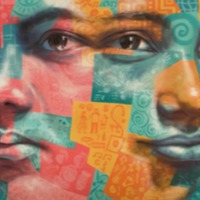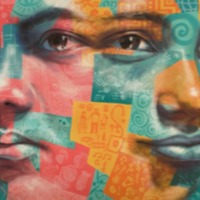
Medamani Nagamma
It is estimated that almost 8 million people are living in conditions of modern slavery in India (GSI 2018). The skewed sex ratio in some regions of India has fuelled the trafficking and selling of women and young girls as brides within India. Women are reportedly sold off into marriage by their families, sometimes at a young age, and end up enduring severe abuse, rape and exploitation by their husbands. It is also reported that women and girls from impoverished backgrounds have been lured by promises of marriage by younger men from urban areas, then forced into sex work once married. Medamani Nagamma was forced to marry at a young age. Within the marriage she was forced to do housework and raped by her husband. After a complicated pregnancy it was suggested that she undergo sterilisation.

Anil
There are an estimated almost 8 million people living in modern slavery in India (GSI 2018). India has a population of more than 1.3 billion people, there are still at least 270 million people living on less than US$1.90 per day. While laws, systems and attitudes regarding key 'fault lines' such as the caste system, gender and feudalism are rapidly changing, social change of this depth and scale necessarily takes time. In this context, it is perhaps unsurprising that existing research suggests that all forms of modern slavery continue to exist in India, including intergenerational bonded labour, forced child labour, commercial sexual exploitation, forced begging, forced recruitment into nonstate armed groups and forced marriage. After his father became ill and eventually passed away, 13-year-old Anil has been working to help support his mother and four siblings.